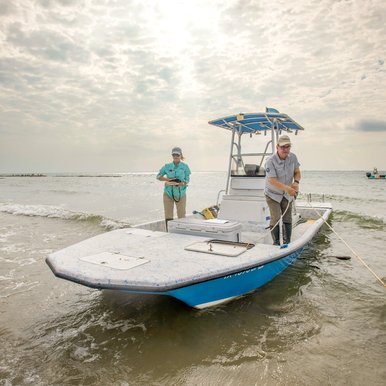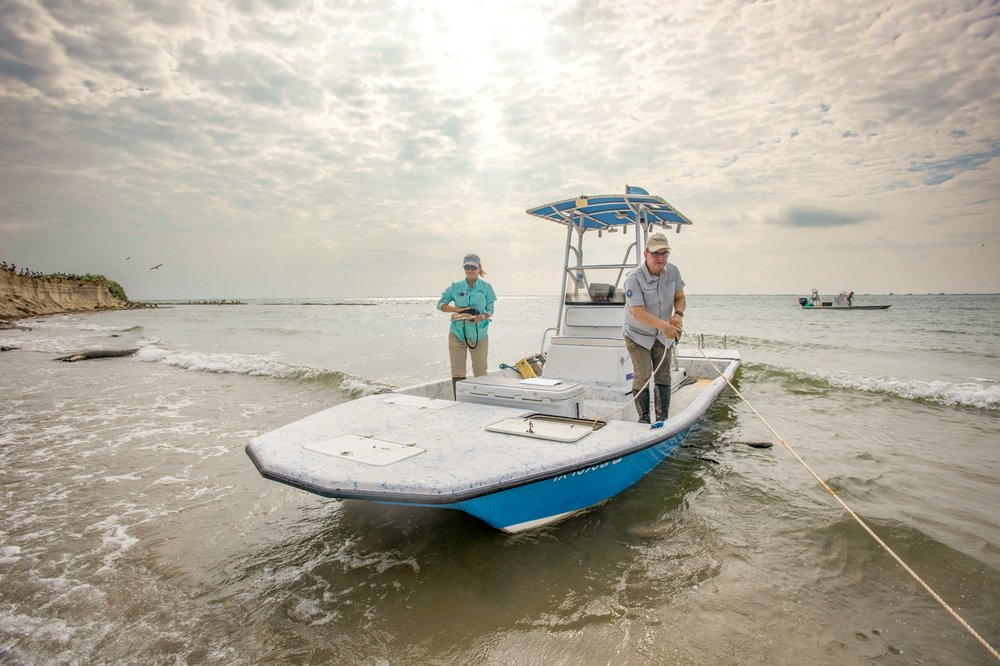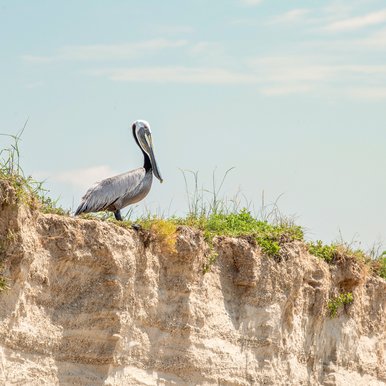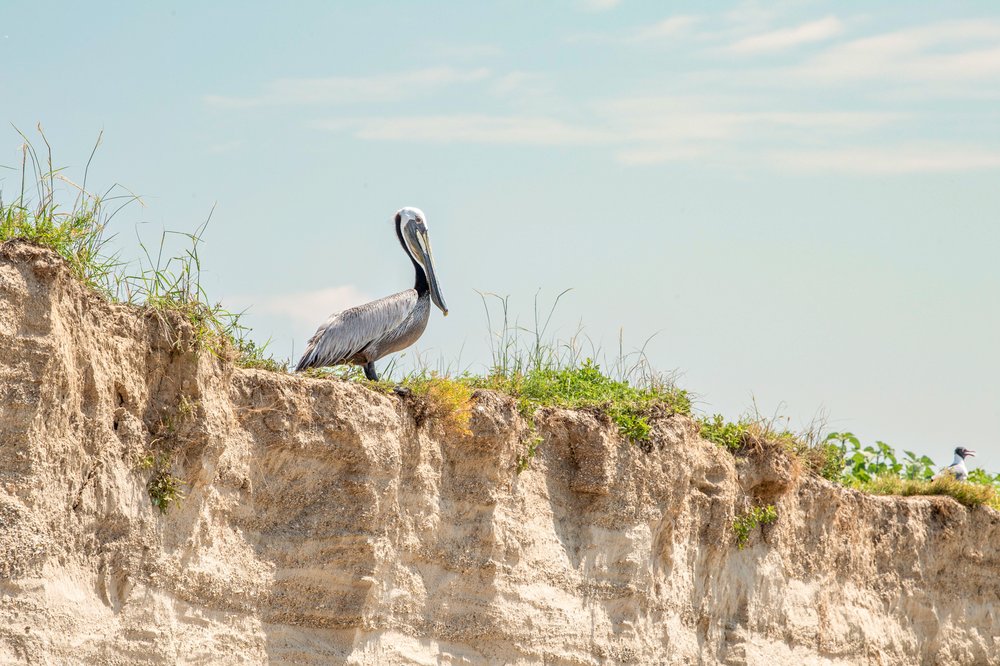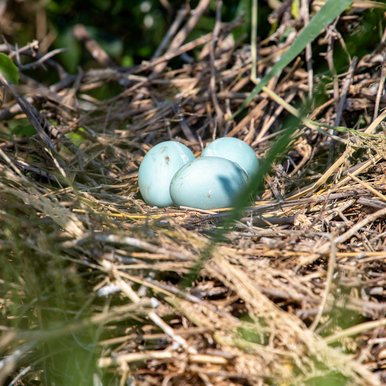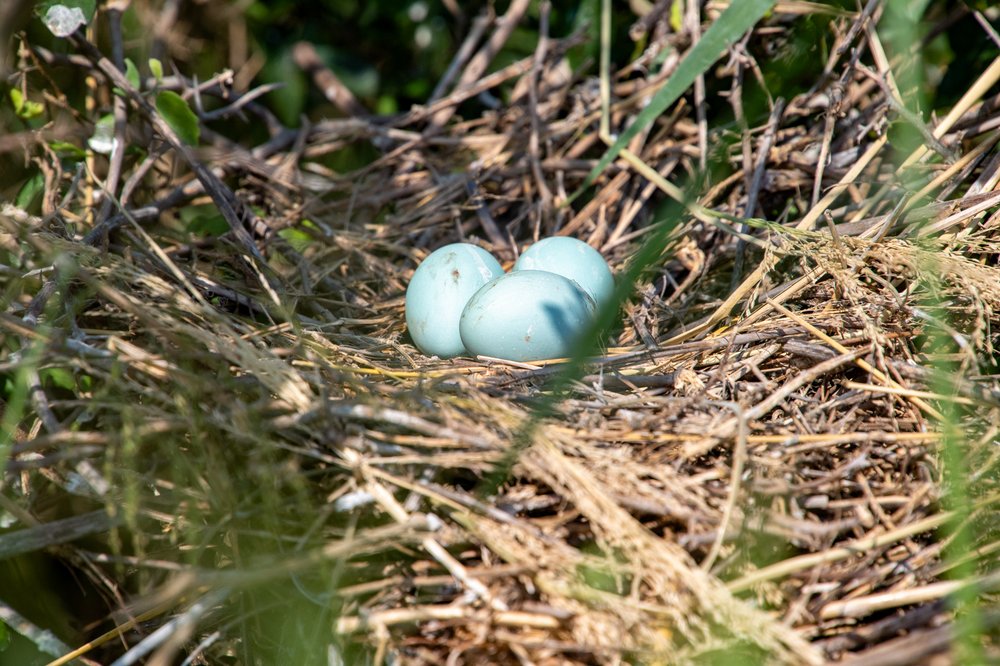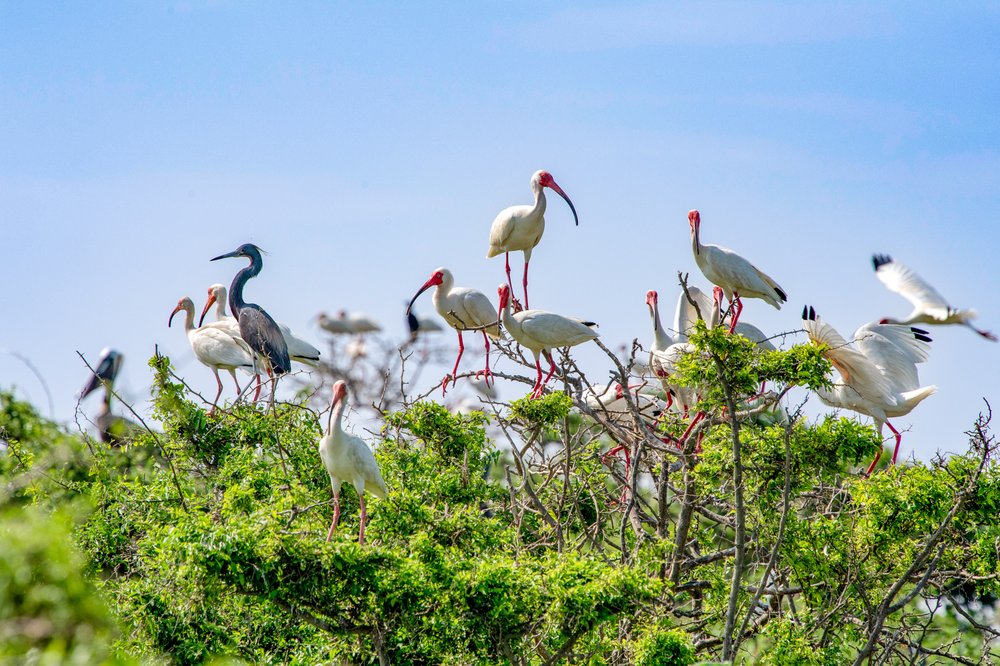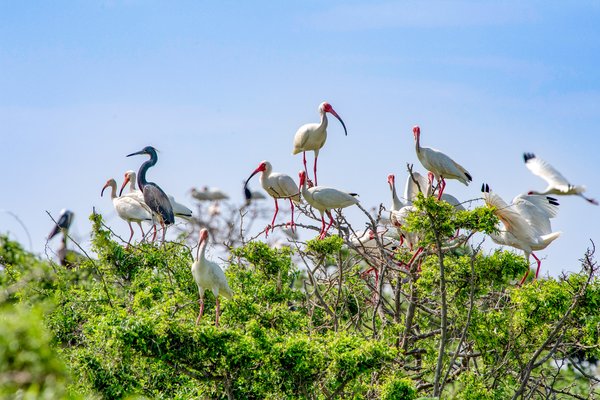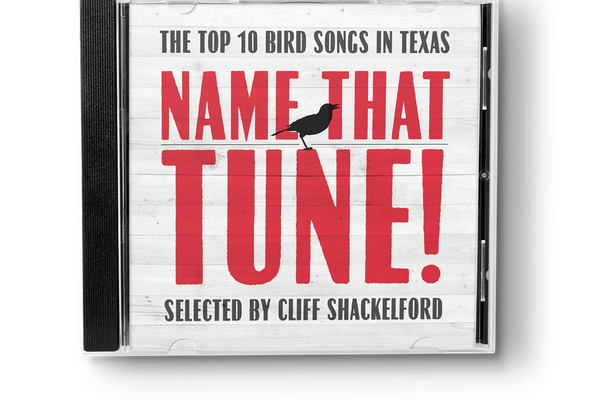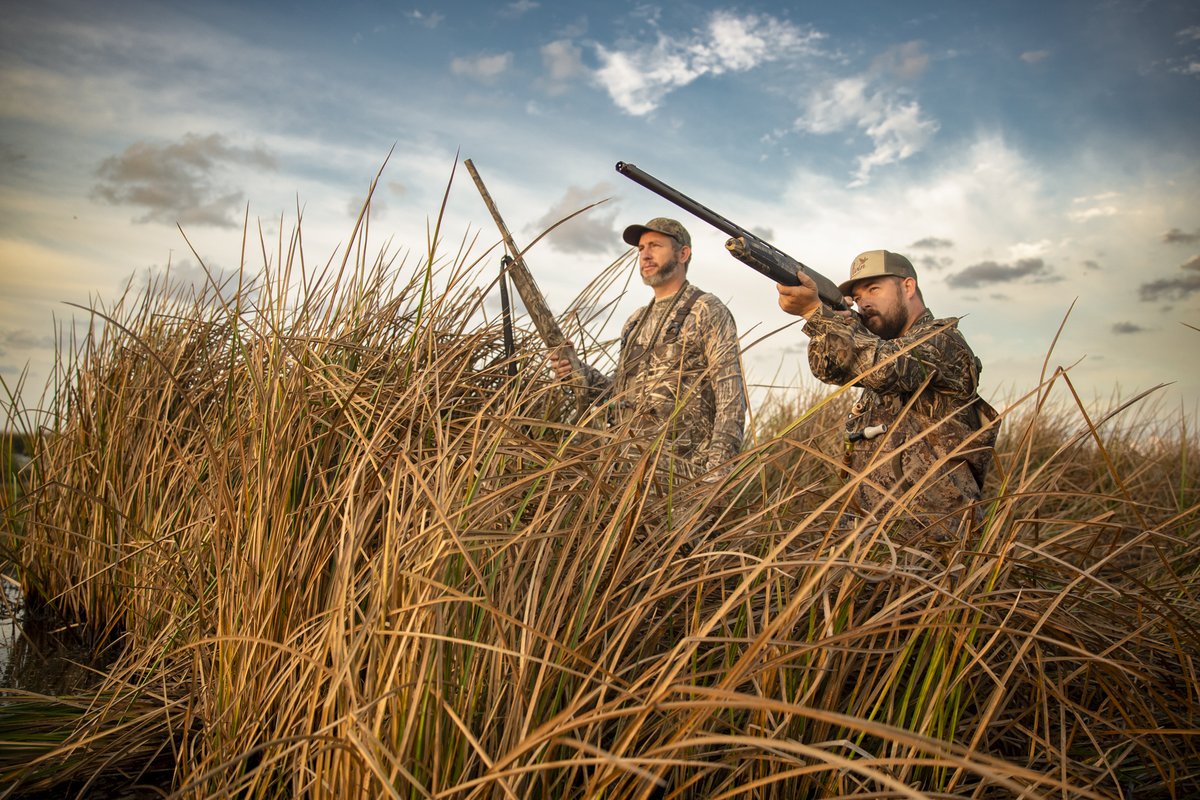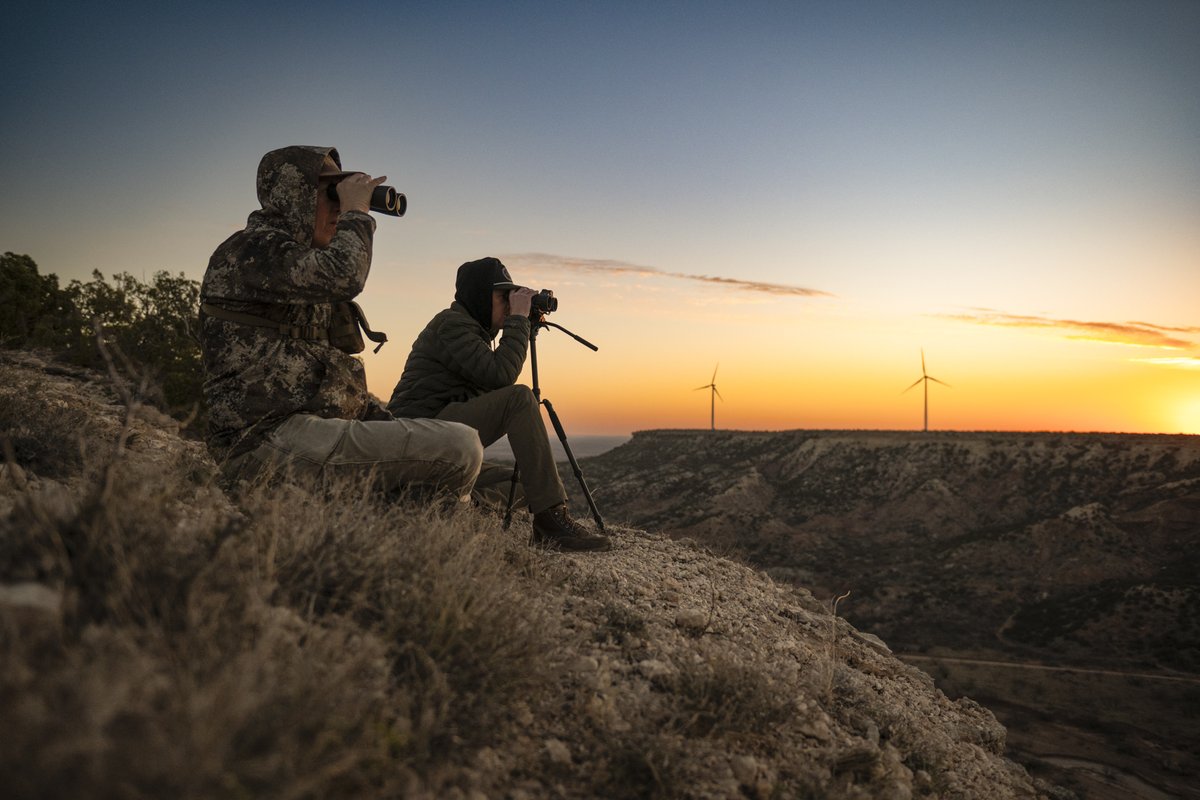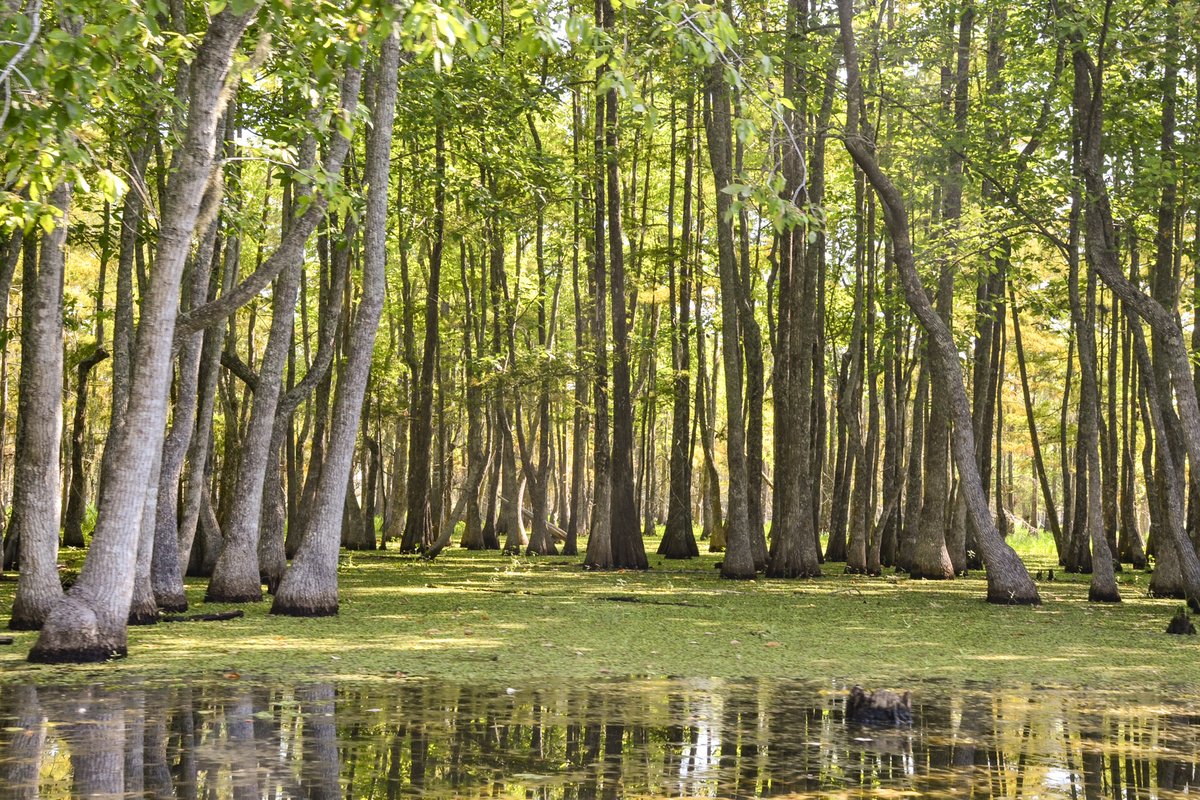I PADDLE INTO Nighthawk Bay, in the Laguna Madre, before dawn on a moonless August night. The dark mirror of the water meshes perfectly with a night sky full of stars, reflecting them back on themselves. The sensation of being suspended in space is interrupted only by startled mullet that leave bright streaks, like meteors, as they bolt away through the bay’s phosphorescent algae.
I watch the vast and unbroken meadows of seagrass come alive at early light. Roseate spoonbills, invisible just minutes ago, now glow pink as they rake their specialized bills back and forth, methodically filtering out food from the water. A great blue heron squawks angrily, lifting away with a rattle of wings. A solitary black skimmer darts out of the way. Fish, shrimp and crabs ripple, jump and streak about in the clear shallows — some chasing breakfast and some being chased.
As the sun rises higher, gulls and terns soar effortlessly over the bay, calling to one another while scanning the water below. The green carpet of the seagrass meadow expands out from around my homebuilt pirogue. No one in sight, no signs of other humans anywhere, just me and the birds. Birds everywhere, and plenty of time to ponder their existence.
We are fortunate in Texas to have a front-row seat to the beauty and spectacle that birds provide. Over my 50 years as a biologist here, I’ve been lucky to see many fantastic avian sights.
As Audubon Texas celebrates 100 years of service and conservation — coinciding with Texas State Parks celebrating 100 years of serving both birds and people — I find myself reflecting on the conservation accomplishments and challenges for birds.
Our state’s 367 miles of coastline and 3,300 miles of bayfront play an important role for both resident and migrating birds.
Perhaps that’s why Audubon’s first conservation actions in Texas occurred on the coast in 1923 when it leased Green Island on the lower coast and the Vingt-et-un Islands in Galveston Bay.
Some 615 species — an astounding 2 billion birds or more — move through Texas during migration, more than any other state. Many of these birds can be found flying, diving, swimming, running along the beach or just resting on or near the shore amid their long flight.
Not all the birds we see are passing through — many live here year-round, mating, nesting and raising families.
These birds define and help shape our coastal landscapes, but their ability to thrive is threatened. The Harte Research Institute’s “Texas Coast Ecosystem Health Report Card for 2023” shows that colony-nesting water birds are vulnerable because of lost feeding habitat and eroding nesting islands. The story is the same for many other coastal bird species.
That should worry us all.
